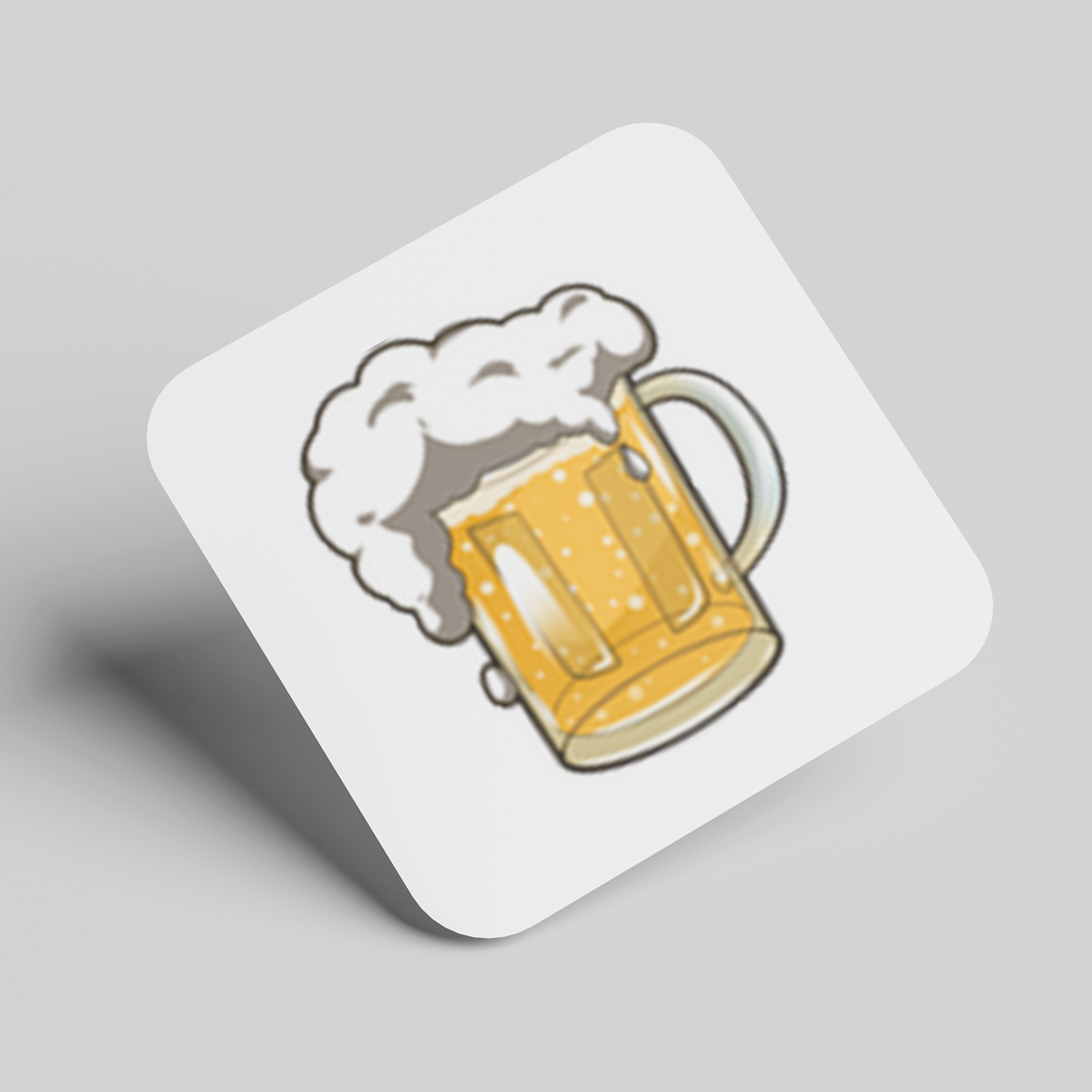How to Set Up OBS for Streaming: A Comprehensive Guide
Setting up OBS for streaming can seem daunting at first, but with the right guidance, you can master it in no time. This comprehensive guide will walk you through everything you need to know about OBS, from its features to the initial setup and advanced configurations. Whether you're a gamer, streamer, or part of an online community, this guide is tailored for you.
What is OBS?
OBS, or Open Broadcaster Software, is a free and open-source software for video recording and live streaming. It is widely used by streamers on platforms like Twitch and Kick.
Brief History of OBS
OBS was first released in 2012 and has since evolved into one of the most popular streaming tools available. Its open-source nature allows for continuous improvements and community contributions.
Key Features of OBS
OBS offers a range of features including scene composition, real-time video/audio capturing, and encoding. It supports various plugins to extend its functionality.
Why Use OBS for Streaming?
There are several reasons why OBS is a preferred choice for streamers.
Free and Open Source
OBS is completely free to use, and its open-source nature means you can customize it to suit your needs.
Versatility and Customization
OBS supports multiple sources and scenes, allowing you to create a highly customized streaming setup.
Community Support
With a large community of users and developers, you can find plenty of tutorials, plugins, and support for OBS.
System Requirements
Before you start, make sure your system meets the minimum and recommended requirements for OBS.
Minimum System Requirements
- CPU: Dual-core processor
- GPU: DirectX 10.1 compatible
- RAM: 4GB
- Storage: 500MB available space
Recommended System Requirements
- CPU: Quad-core processor
- GPU: DirectX 11 compatible
- RAM: 8GB or more
- Storage: 1GB available space
Downloading and Installing OBS
To get started with OBS, you need to download and install it on your system.
Where to Download OBS
You can download OBS from the official website or other trusted sources.
Installation Guide
Follow these steps to install OBS on different operating systems.
Windows Installation
Download the installer from the official website and follow the on-screen instructions to complete the installation.
Mac Installation
Download the DMG file from the official website, open it, and drag OBS to your Applications folder.
Linux Installation
Use the package manager specific to your Linux distribution to install OBS. Detailed instructions are available on the official website.
Initial Setup
Once installed, you need to configure OBS for the first time.
First-Time Configuration
OBS offers an Auto-Configuration Wizard to help you get started quickly. Alternatively, you can configure it manually.
Setting Up Your Profile
Create a new profile for your streaming settings or import existing profiles if you have them.
Setting Up Your Scenes
Scenes are a collection of sources like video, audio, and images. Create and manage scenes to organize your stream layout.
Adding Sources
OBS allows you to add various types of sources to your scenes.
Types of Sources
- Video Capture Device
- Display Capture
- Window Capture
- Game Capture
- Audio Input/Output Capture
- Browser Source
- Text and Image Overlays
Configuring Sources
Adjust the properties of each source and manage their layering and ordering within a scene.
Configuring Audio Settings
Proper audio setup is crucial for a good streaming experience.
Setting Up Microphone
Select the right microphone and configure its settings for optimal audio quality.
Setting Up Desktop Audio
Manage audio levels and use audio filters to enhance the sound quality of your stream.
Video Settings
Configure the video settings to ensure a high-quality stream.
Resolution and FPS
Set the base (canvas) resolution and output (scaled) resolution. Common FPS values are 30 and 60.
Bitrate Settings
Understanding bitrate is essential for a smooth stream. Adjust the bitrate settings according to your internet speed.
Encoder Settings
Choose between software (x264) and hardware (NVENC, AMF, etc.) encoders based on your system capabilities.
Streaming Platform Integration
OBS supports integration with various streaming platforms like Twitch, YouTube, and Facebook Gaming.
Connecting to Twitch
Obtain your stream key from Twitch and configure the stream settings in OBS.
Connecting to YouTube
Obtain your stream key from YouTube and configure the stream settings in OBS.
Connecting to Facebook Gaming
Obtain your stream key from Facebook Gaming and configure the stream settings in OBS.
Connecting to Other Platforms
Follow the general steps for connecting to other streaming platforms.
Advanced Settings
Explore advanced settings to enhance your streaming experience.
Hotkeys
Set up hotkeys for quick actions during your stream. Common hotkeys include starting/stopping the stream and switching scenes.
Scene Transitions
Choose from various types of transitions and configure their settings to create smooth scene changes.
Using Plugins
Install popular OBS plugins to extend its functionality. Detailed instructions are available on the official website.
Testing Your Stream
Before going live, run a test stream to ensure everything is working correctly.
Running a Test Stream
Set up a private test stream to check for any issues without going live to your audience.
Monitoring Performance
Use the OBS stats window and third-party monitoring tools to keep an eye on your stream's performance.
Troubleshooting Common Issues
Encountering issues is common, but most can be resolved with some troubleshooting.
Stream Lag and Stuttering
Identify the causes of lag and stuttering and apply the appropriate solutions.
Audio Sync Issues
Fix audio sync issues by adjusting the audio delay settings in OBS.
Dropped Frames
Resolve dropped frames by optimizing your settings and ensuring a stable internet connection.
FAQs
Here are some frequently asked questions about OBS streaming setup.
What is the Best Bitrate for Streaming?
The best bitrate depends on your internet speed and the platform you're streaming to. Generally, a bitrate between 2500 and 6000 kbps is recommended.
How Can I Improve Stream Quality?
Improving stream quality involves optimizing your video and audio settings, using a stable internet connection, and ensuring your hardware meets the recommended requirements.
For more detailed guides and resources, visit Streamers Visuals.














